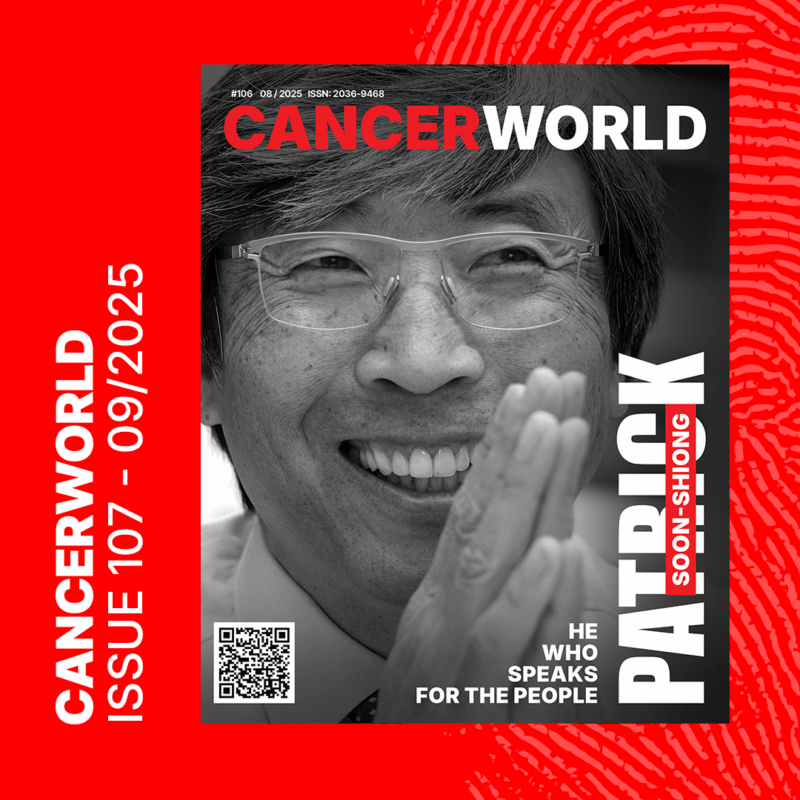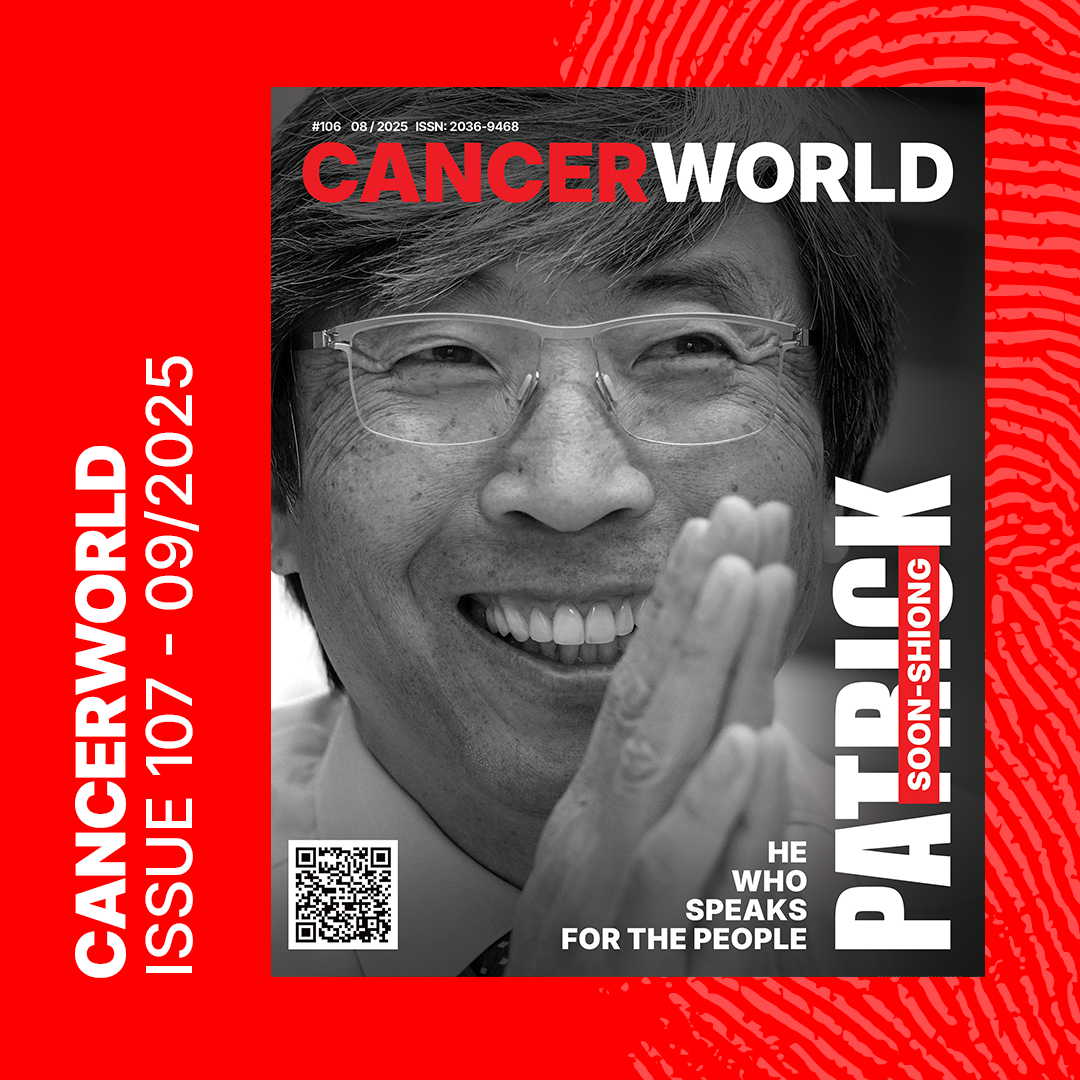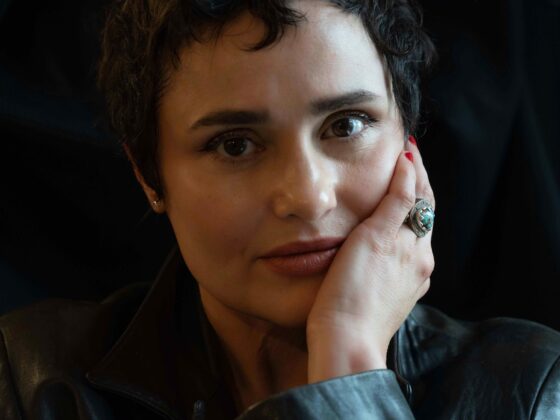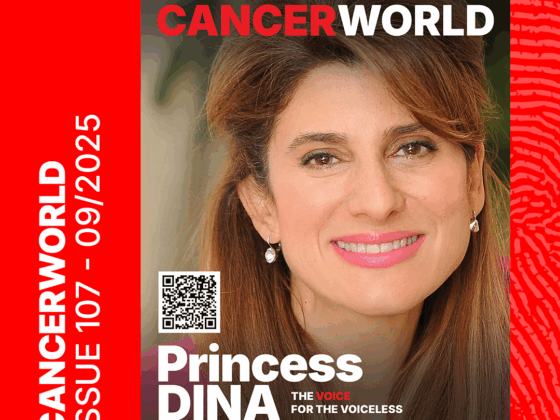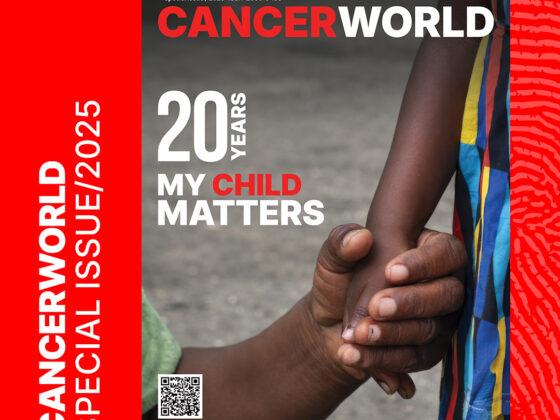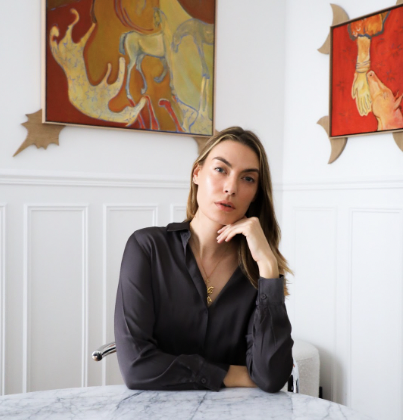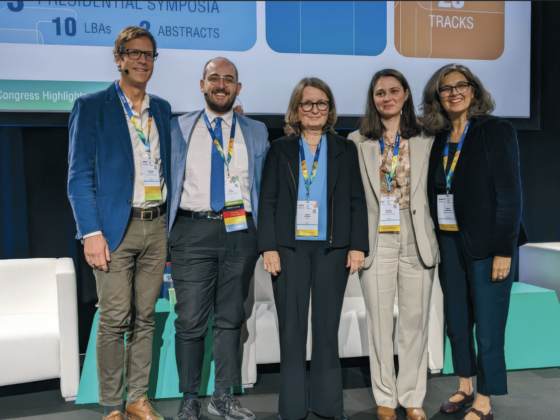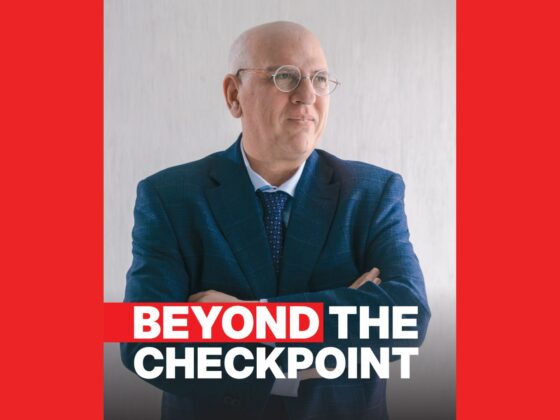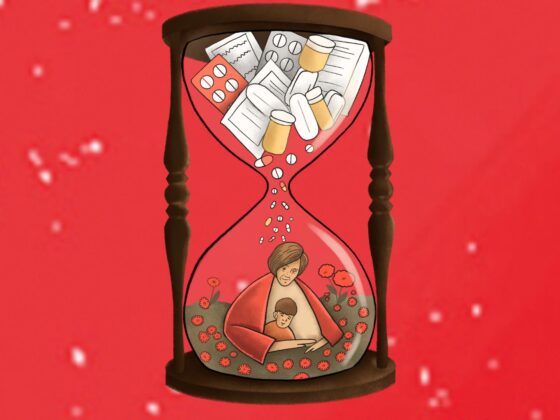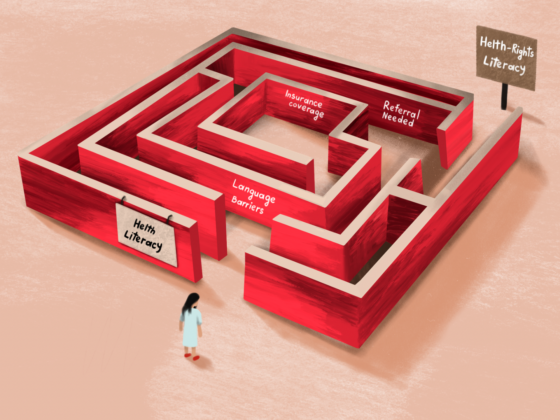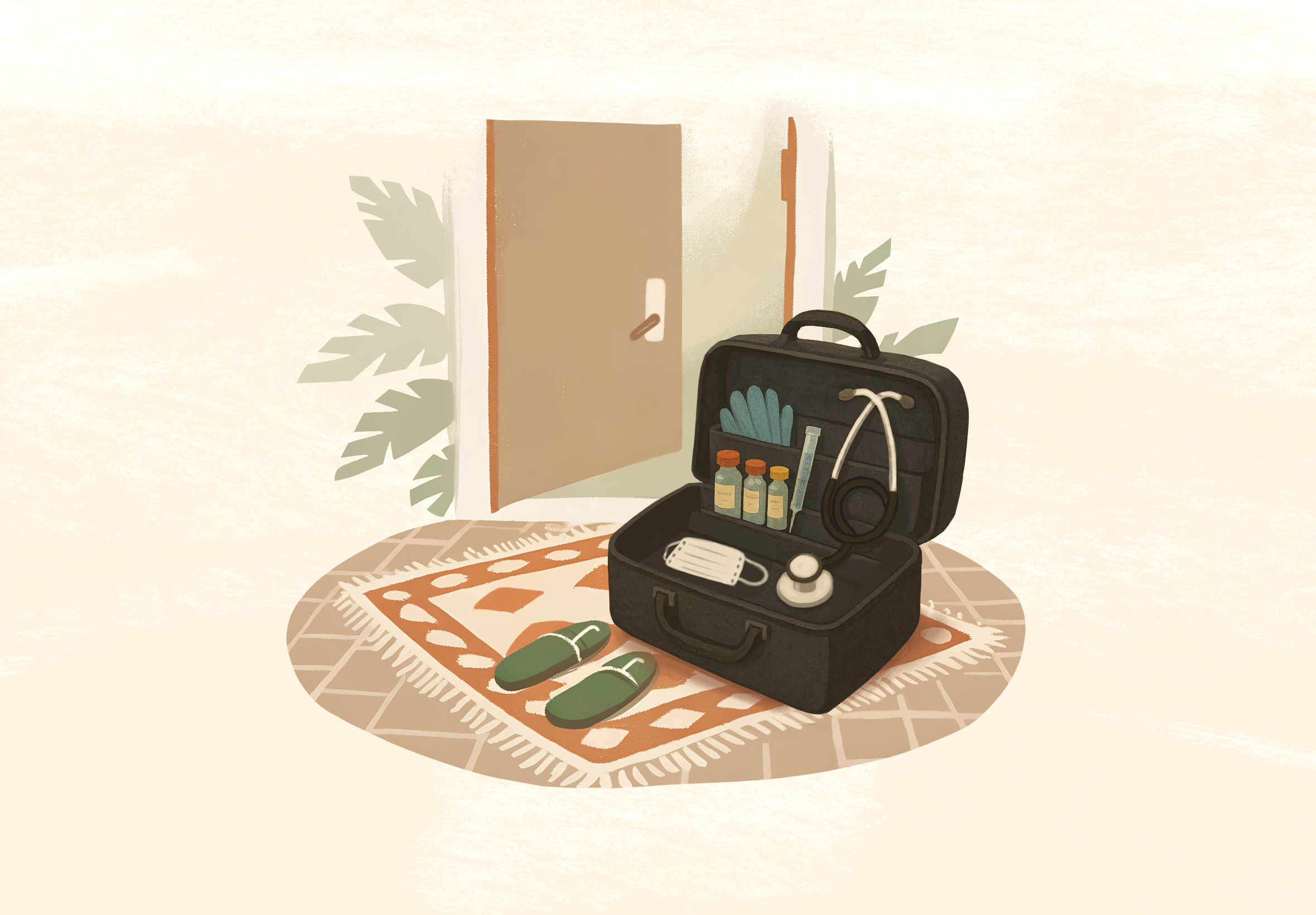If you describe yourself in one sentence, what would it look like?
I wish I could have been Kobe Bryant.
Who is your role model?
I wish I could have been Kobe Bryant.
And what is your dream?
I wish I could have been Kobe Bryant.
***
When I entered the room to meet Dr. Patrick Soon-Shiong, it was clear from the start that this was not going to be a conventional conversation. His energy matched his ideas—restless, expansive, always pushing at the limits of what’s possible. For decades, he has lived at the intersection of science, entrepreneurship, and humanity, a man who has challenged entrenched dogmas from the moment he first entered medical school during the apartheid era in South Africa.
Born into systemic injustice, he was one of only two Chinese students admitted to medical school. Instead of taking the safer path and leaving for the United States early, he chose to stay, working in a tuberculosis clinic, helping patients who had no one else to turn to—an act of compassion that even landed him in police custody. Later, when he did move to the United States, he became one of the most successful physicians–scientists of his generation. He doesn’t like to be called “the richest doctor,” and describes himself, with characteristic humility, as “a billionaire by accident.” Yet what defines him most is not wealth, but the refusal to accept limits—whether in medicine, technology, or society itself.
Not a Rebel, But Curious
When asked if it is difficult to be a rebel all his life, Dr. Soon-Shiong pushes back gently.
“I don’t think I’m a rebel,” he says, leaning forward with measured conviction. “What drives me is curiosity and the joy of discovery. But more importantly, discovery that has an impact on humanity.”
For him, this spans far beyond medicine. “Whether it’s health, climate change—which could also be existential—communications, or now artificial intelligence, which I’ve been talking about since 2008… discovery is what drives me.”
What fascinates him is not simply invention for its own sake but illumination—the moment when understanding shifts. “The joy of discovering how your body works, how your brain works, what keeps us alive—and knowing, even if just for an instant, that you are the only person in the world who understands this idea or this result—that is what drives me.”
A Hero in Principles: Senator John McCain
Dr. Soon-Shiong speaks with warmth about Senator John McCain, a figure he often calls one of his heroes.
“He stood up for principle,” he reflects. “He stood up for what he believed was morally correct. I didn’t see him as a Democrat or Republican or independent.”
His admiration extends to the McCain family as a whole. “His wife—now the U.S. ambassador—has been deeply engaged in global issues like food insecurity. His son served the country. He himself dedicated his life to it. I got to know him personally when he visited our campus to understand what we could do for childhood cancer in Phoenix. And the McCain Institute he created became a gathering place for very smart people. So much of what he did resonated deeply with me.”
Nant: More Than a Name
“Nantan, ‘he who speaks for the people.’ Is it you?” I asked.
He replied:
“Nantan—or Nant—the word could have whatever meaning you want. It started with Nantan, he who speaks for the people. But if you look at it, it’s also the neural artificial net. It could be the neural ant, because ants follow each other through signals. It could be nanotechnology. But really, the idea is that you build something on a platform that covers health, climate change, communications, empathy, mental health, and—more importantly now—digital transformation. That is what I see as the mission of NantWorks.”
Connecting the Dots
If there is one phrase he has returned to often, it is “connecting the dots.” I asked what dot comes next.
“We were so far ahead of the time,” he says, recalling his early experiments with NantMobile. “We created machine learning, machine vision—where the phone’s camera could recognize the world and the blind could see. Back in 2010 or 2012, people told us: ‘Who would use the camera on the phone? That’s crazy.’ Yet that was just the beginning.”
For Dr. Soon-Shiong, the same principle applies to medicine. “Your body works in a very beautiful, exquisite way. Colliding proteins, colliding cells—it’s like the universe. If you understand that, you can treat diseases—cancer, infection, sepsis, HIV—in a very different way.”
In his journals, he sketches ideas as thought experiments. “When I finish a page, it’s full of dots. To me, life is a circle—you can start anywhere, it doesn’t matter. The problem is that cancer has outsmarted us for 75 years. We made the wrong assumptions. We tried to treat the cancer itself. But the dots I saw connected differently: treat the immune system, and the immune system will treat the cancer.”
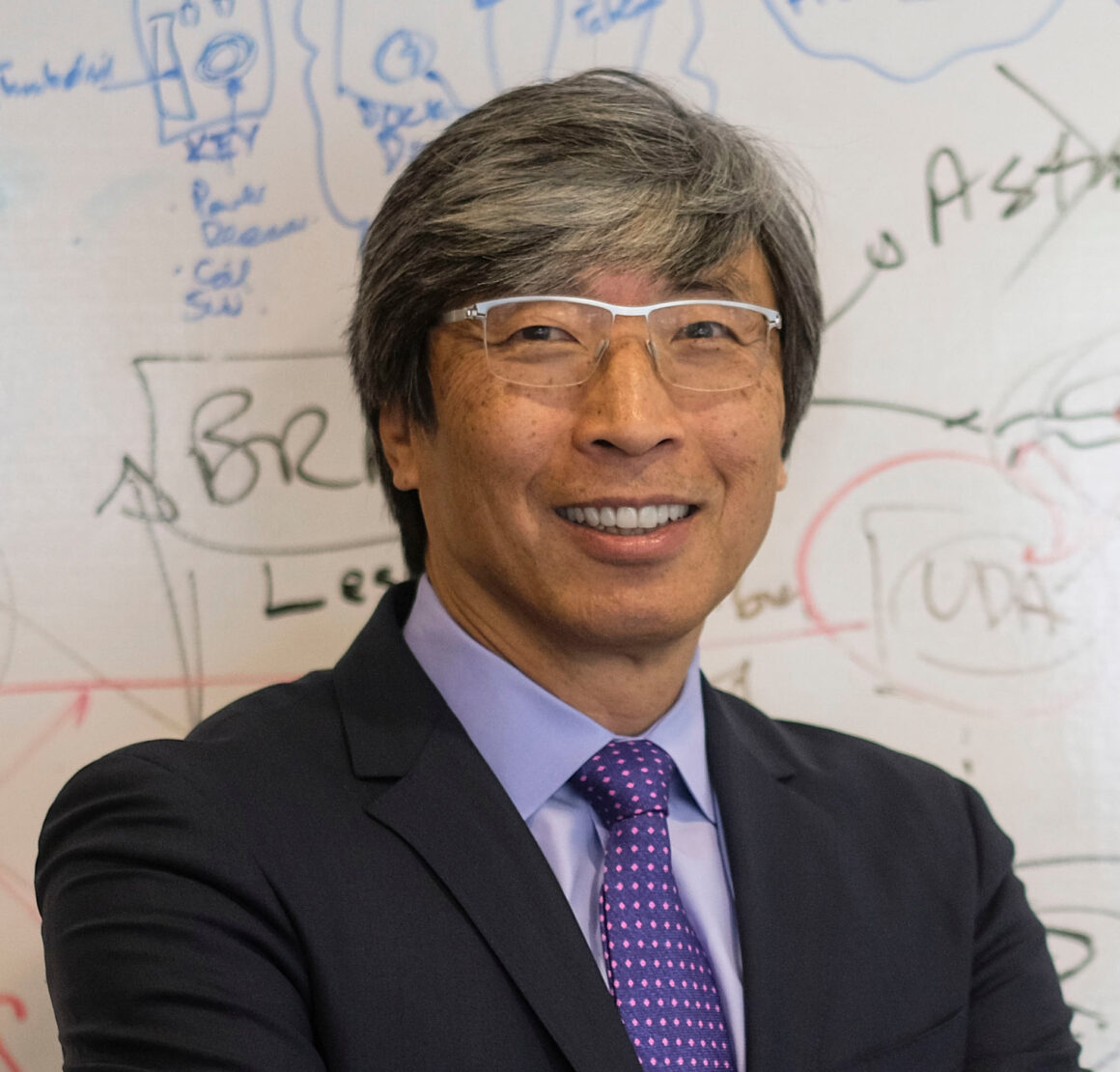
What’s Next? Photoelectronics
As for the next dot, his eyes brighten.
“What’s really exciting now is photoelectronics,” he says. “I built the first semiconductor WIGIG chip with my team that can move over 2 gigabits per second. That’s transistors and electronics. But imagine photons talking to electrons, to charges—that could transform how we transmit data.”
This, he argues, is not just an engineering curiosity but a necessity in the age of artificial intelligence. “The world of AI will require transmission at terabytes per second. That’s what I’m working on now.”
Rethinking the War on Cancer
The conversation turned to cancer itself, the battlefield where Patrick Soon-Shiong has spent decades challenging assumptions and redrawing maps. As an oncologist myself, I raised the dilemma many in the field grapple with: on the one hand, extraordinary progress in diseases like pediatric leukemia, Hodgkin’s lymphoma, acute promyelocytic leukemia, or early-stage breast cancer; on the other, relentless toxicity, painful side effects, and cancers that still yield devastating outcomes.
So I asked him directly: What should we do? If I were diagnosed with cancer today, should I trust the standard of care—or take the leap into immunotherapy with IL-15 and NK cells?
“We’re Winning Battles, But Losing the War”
“It’s not as simple as that,” Dr. Soon-Shiong began carefully. “I don’t reject chemotherapy or radiotherapy outright—they do have a role. But I think our approach is wrong. The way we’ve used these treatments is as though they’re nuclear bombs, meant to annihilate everything and hope something survives. That’s why we’ve been losing the war. You may win the battle, but you lose the war.”
He pointed out a striking blind spot. “As oncologists, you know hemoglobin levels and you treat anemia with epogen. You track absolute neutrophil counts and support them with neupogen. But when you do a complete blood count, do you look at the ALC—the absolute lymphocyte count?”
I mean, before listening to your podcast, I wouldn’t., – I admitted.
“That’s 99% of the nation,” he replied. “And yet ALC reflects the natural killer cells and T-cells—the very cells responsible for clearing cancer or infection. Until today, there has never been a treatment in the history of mankind designed to stimulate them. That’s been my challenge: how to shift the focus back to biology’s first principles.”
He called the prevailing paradigm a “circle of death.” Chemotherapy suppresses red blood cells, neutrophils, and—fatally—NK and T-cells. Physicians then rush to restore anemia with epogen and neutrophils with neupogen, all to enable more chemotherapy. “But in that process, you’re wiping out the very immune system that could cure the cancer,” he said. “Madness, repeated for fifty years, justified as the standard of care.”
Outsmart the Tumor
Dr. Soon-Shiong reframed the tumor not as a static enemy, but as a master of disguise. “The first thing a tumor does is hide. It downregulates the surface molecules that NK and T-cells would recognize. It stimulates suppressor cells to silence the immune system. That’s how it grows.”
His strategy: outsmart the tumor by turning its own tricks against it. “At low doses, chemotherapy or radiation doesn’t destroy the immune system. Instead, it stresses the tumor, forcing it to expose itself. At that exact moment, if you activate NK and T-cells with IL-15—a protein your body already makes—you turn hiding into exposing, exposing into killing.”
But the tumor adapts again. It secretes TGF-beta to strengthen suppressor cells, and expresses PD-L1 to block checkpoints. “So then you suppress the suppressors,” he continued. “Some chemotherapies can do that. And if you engineer NK cells to target PD-L1, you’re killing both the tumor and its defenses at once. That’s the orchestration I call the BioShield platform.”
He likens it to conducting an orchestra: hide, expose, kill, suppress the suppressors, block the blockers—always a step ahead. To complete the cycle, he advocates pre-educating T-cells with adenoviruses, proliferating them and driving memory. “If you drive memory, you’re close to a cure. That’s connecting the dots.”
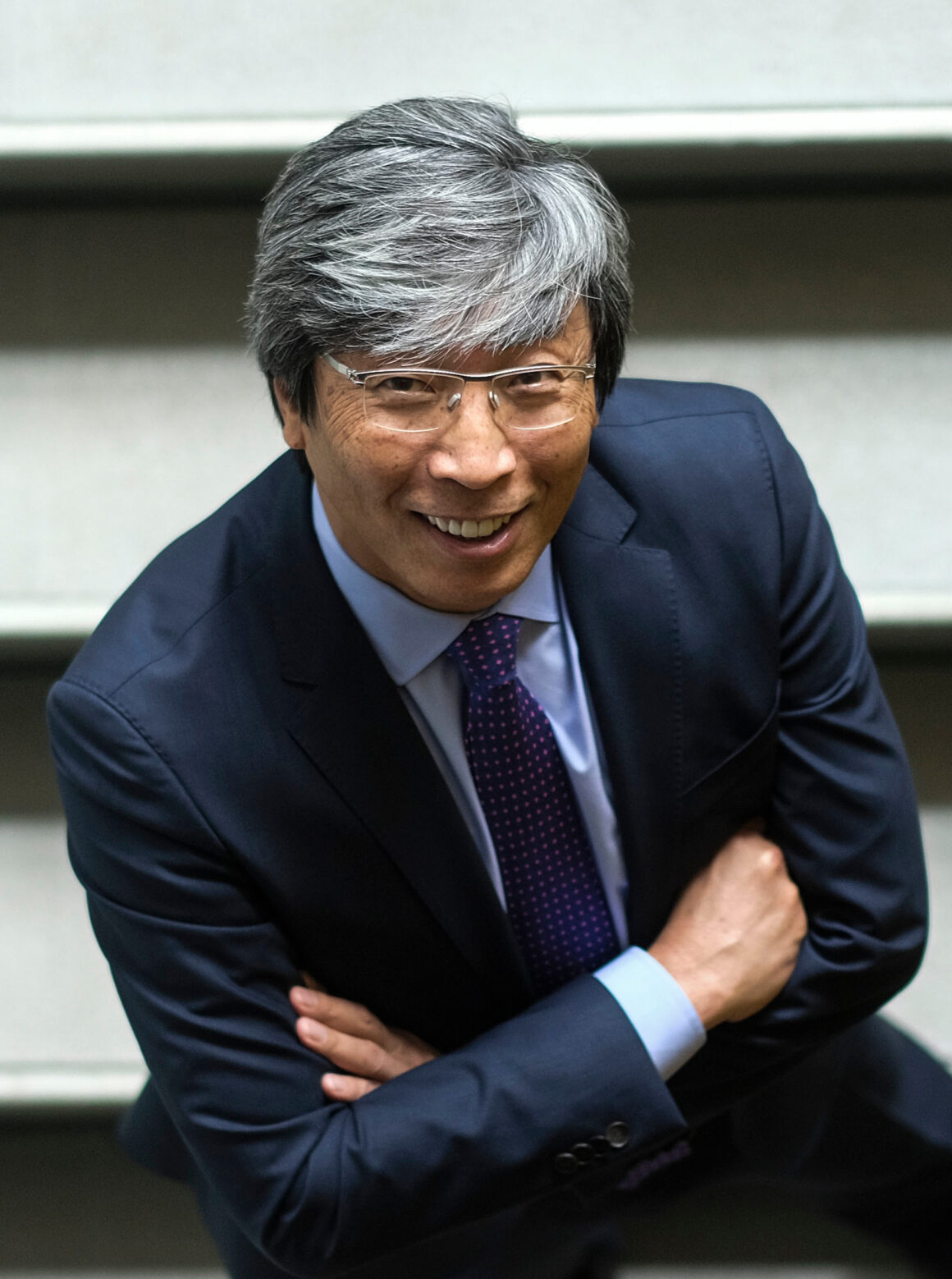
Photo Credits: Ringo Chiu
Beyond the Numbers: the Human Cost of Disparity
The discussion shifted to a problem that troubles us both deeply: global disparities. In pediatric oncology, survival is not dictated by age, genetics, or presentation, but by the ability of a child to access treatment.
“Yes,” he agreed gravely. “We say 80% of children in the U.S. are cured, and only 20% in the rest of the world. But even the 80% figure bothers me. Because the way we achieve it—through massive, toxic cocktails. Drug-related lethal toxicity. Secondary cancers down the line.”
In his view, the distinction between liquid and solid tumors matters. “Leukemias are tumors of the immune system, so sometimes wiping out the immune system makes sense. But in solid tumors, wiping out the immune system is catastrophic. That’s where immunotherapy must take us.”
He cited promising work already underway. “We just published in Waldenström’s macroglobulinemia—an incredibly rare lymphoma—showing that NK cells alone can toggle tumors. That’s in motion now. Imagine applying that approach globally.”
Democratizing Cell Therapy
But science alone cannot bridge the gap. Cost is another towering barrier. “Cell therapy—CAR T, NK cells—costs a million dollars in the United States,” he said. “That’s unsustainable. No country, no system, no patient population can bear it. Africa? Impossible.”
His answer lies in automation. “We’re working on using AI and robotics to build these cells at scale. If we succeed, we can democratize this therapy. Imagine a world where a child in Ghana or Bangladesh has access to the same NK cells as a child in Boston or Los Angeles. That’s what keeps me going.”
You Build Your Life on the Shoulders of Others”
When asked about mentors—the figures who shaped his path—Patrick Soon-Shiong’s answer wove together the influences of scientists, surgeons, visionaries, and even athletes.
“In South Africa,” he recalled, “I trained under a professor who gave weekly lectures on surgical technique—and on ethics. His son was fiercely anti-apartheid, and through him I became one of the first Chinese doctors allowed to work in a white hospital.”
His journey took him across continents, collecting teachers along the way. At UCLA, he trained under Dr. Haile Debas, “a fantastic scientist who brought me with him.” Dr. Donald Morton, a pioneer in immunotherapy who injected melanoma directly into patients. Dr. David Sutherland, who taught him pancreas transplantation—until Patrick himself decided the risks were too high for patients. He even collaborated with NASA’s Jet Propulsion Lab, where Alan Rembaum helped him design magnetic microbeads to isolate islets.
“You build your life on the shoulders of others,” he said with humility. “It’s an evolution of thought.”
Mentorship, for him, also ran in reverse. “Watching Kobe Bryant was one of the great privileges of my life. His intelligence, his work ethic, his focus—it was remarkable. Being able to mentor him in some ways, and be mentored in others, was one of the most satisfying experiences.”
Mentorship in Both Directions
When asked about his own mentees, Dr. Soon-Shiong was hesitant to claim the title. “I don’t know if they consider me a mentor,” he admitted. “But I’ve worked with Kobe. With Metta World Peace. With Pau Gasol. I wanted to help professional athletes who often get taken advantage of once their careers end. And of course, I work with young people in science. That matters to me.”
Books
“Which books would you recommend reading?” I asked.
“There are many,” he said. “I just gave Jon Stewart a book on the nude mouse and Taxol. But the one I’m reading now is Irreducible by Federico Faggin. It’s about human energy, artificial intelligence, and consciousness. It’s powerful.”
Reinventing the Los Angeles Times
Today, Patrick Soon-Shiong also presides over one of the world’s most storied news outlets—the Los Angeles Times. In his eyes, journalism is just another bridge to understanding, much like science itself.
“This brand is amazing,” he said with pride. “We are still the largest newspaper west of the Mississippi. When I bought it, the first thing I did was modernize it with a new content management system—Graphene—capable of podcasts, live streams, education, lifestyle, and more.”
His vision is expansive. “I grew up in South Africa, inspired by newspapers. Now, I believe the LA Times can become a platform far beyond print. Sports, e-sports, education, medical journals, lifestyle, entertainment, events. It can convene people—whether in an e-sports stadium or in a forum for breakthroughs in medicine and science.”
He pointed to a series he and his colleague Jen Hodson once hosted in Jackson Hole, Wyoming. “We brought together the brightest scientists, political leaders, and rural physicians who otherwise would never meet. For three days, breakthroughs were shared openly. That’s what I want to scale: shrinking the gap between scientific discovery and clinical practice.”
He pointed out the gap between basic science and clinical journals. “Cell and Nature live at the fundamental level. New England Journal and Lancet at the clinical. But where is the journal that translates mechanism into medicine? Abraxane, for example—it isn’t just Taxol. It’s transcytosis via the GP60 receptor into the tumor microenvironment. Most don’t know that. We need a place for that knowledge.”
That journal, he revealed, is already forming in his mind: The Journal of Breakthroughs in Medicine.
Professor
“You know that I am a visiting professor at Imperial College London,” he asked me with a smile.
Well, that would not be a surprise to me. Any university in the world would be honored to have him among its faculty. But why was he asking in such an intriguing way?
“But it is on microelectronics,” he continued. “With Chris Toumazou, and with Sir Sykes—the head of the NHS—we are working to build a device that can perform a full PCR in 15 minutes at the point of care. Imagine tying that to circulating DNA, to proteomics, to drug guidance in real time, even to infections like UTIs. We hope to launch it within a year. But to explain it, you need microelectronics engineers, PCR experts, and clinicians all speaking together. That’s the journal I envision: connecting dots that matter to humanity.”
Advice to the Next Generation
“The internet is actually an AI that is going to prevent critical thinking. My advice? Sometimes, put it down. Pick up a pencil. Write. Find a place of peace. I worry about the sense of purposelessness I see in young people, the depression, the chaos. My advice is simple: find a place where you have peace and be happy and be content.”
I’m a Doctor
As for his own success, he offered no formula. “Be true to what you enjoy. Passion. Curiosity.”
And at the very end, he reminded me of the identity that has never left him. “At the end of the day, I’m a doctor. My calling is to treat patients at scale. To think across scales—from the nano to the whole human. To cross silos, question dogma, and refuse to be confined to one path. That’s not success, necessarily. It’s just the way I live.”

